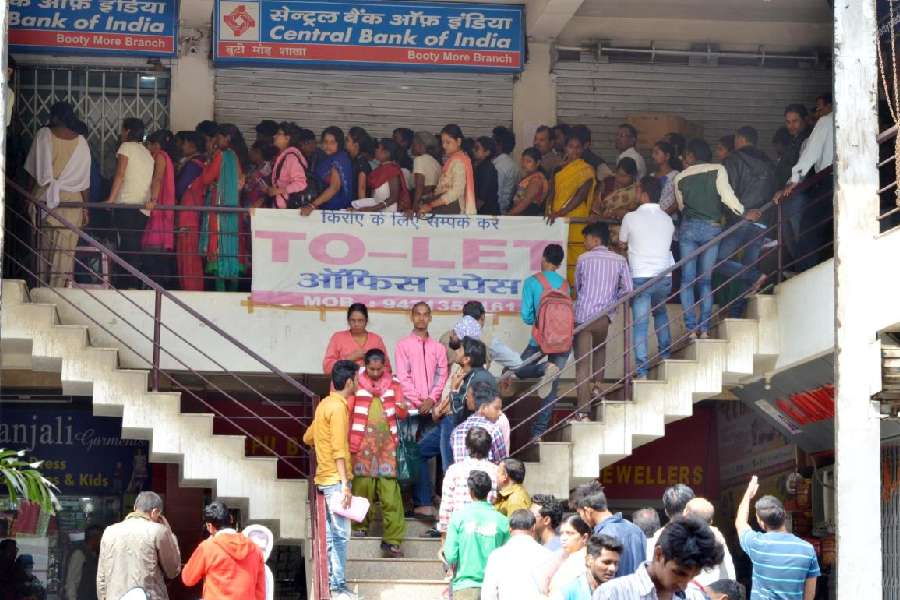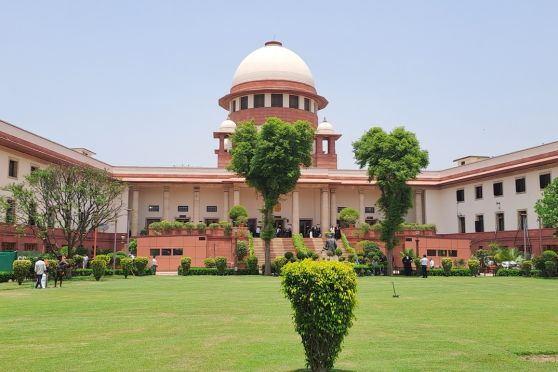Bokaro/Jamshedpur, Aug. 8: Officially, 69 people lost their lives in Bokaro in the anti-Sikh riots of 1984. The figure for Ranchi and Jamshedpur was apparently two each. But 21 years on, not a single among those named accused has been convicted and very few of the victims received any compensation at all; and those who did, received paltry sums ranging from Rs 10,000 to Rs 20,000.
It came, therefore, as no surprise when the Sikh community in Jharkhand reacted with outrage and indignation at the Nanavati Commission report tabled in Parliament today.
The commission apparently did not look into the carnage that took place in this part of the country. Bokaro and Kanpur were the worst-hit after Delhi but the commission neither visited Jharkhand nor invited anyone here to depose, said Sardar Harbhajan Singh, chief of the Sikh Gurdwara Prabandhak Committee at Chas.
The bitter SGPC chief claimed that only 15 widows of Bokaro, who lost their husbands, received Rs 20,000 each and that too 13 years after the riots. Surinder Singh, whose family also suffered, recalled that the widows were assured by the government that they would be helped to pick up the threads of their life. But nothing was ever done.
In Jamshedpur, president of the Central Gurdwara Prabandhak Committee Shailendra Singh said a general body meeting would be called soon to discuss future action.
A Congress loyalist, Baldev Singh, recalled that even his industrial unit in Adityapur was attacked and vandalised by mobs in the presence of policemen. The same mob attacked and destroyed the unit of Sardar Mahendra Singh too. But though he himself had lodged a named FIR with the police, no culprit was ever brought to book, he recalled. Those who were arrested were acquitted within two years. The Bokaro-Chas area, says Surendra Singh Sawhney, had a strong Sikh presence with over 5,000 families; around 200 Sikhs were killed, many of them were set on fire in front of hundreds of onlookers and yet no culprit ever got convicted.
While Parliament is agitated over the commission report and the Action Taken Report of the government, the then Bihar government did nothing to assess the role of the police and administration here.
Ranganath Mishra, who later became the chief justice of India, had visited Bokaro and recorded the statements of the victims. He had raised a lot of hope but nothing came of it.
Seven years after the carnage, Sikh businessmen and traders who had lost property valued at more than Rs 5 lakh each, were called by the administration and offered a few thousand rupees, recalled a bitter Sawhney. The offer was politely refused.
Sources in the police, administration and the Sikh community referred to three prominent Congress leaders of Bokaro, who were known to have either instigated the mobs or who did nothing to stop them. But none of them ever figured in any police report or court proceedings.
Mahinder Singh, now in his thirties, recalled that he witnessed his father and a close relative being set on fire at Cooperative More in Bokaro. They were forced to sit by the side of rubber tyres, which were set on fire. From his hiding place, the teenaged Mahinder could only cry while stifling his screams.
The Nanavati Commission report has revived many such nightmares but provided little or no relief.










